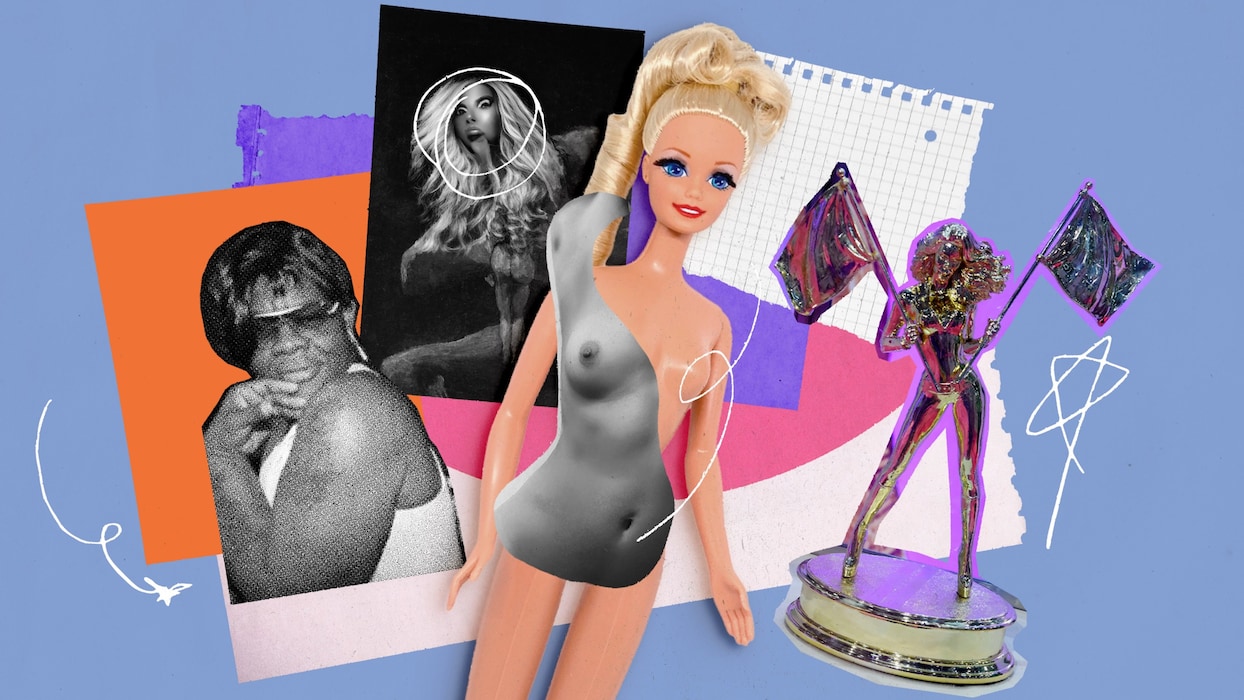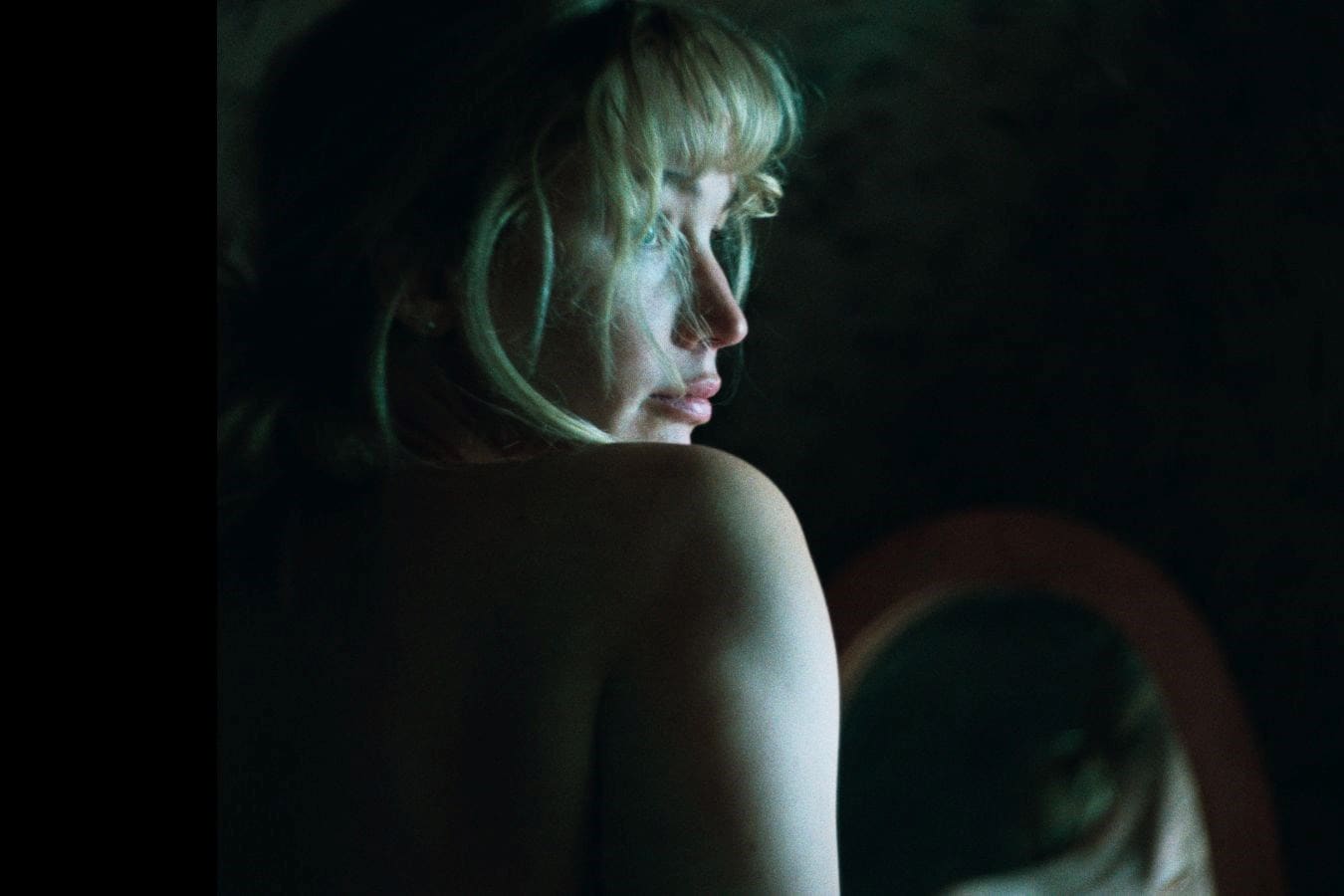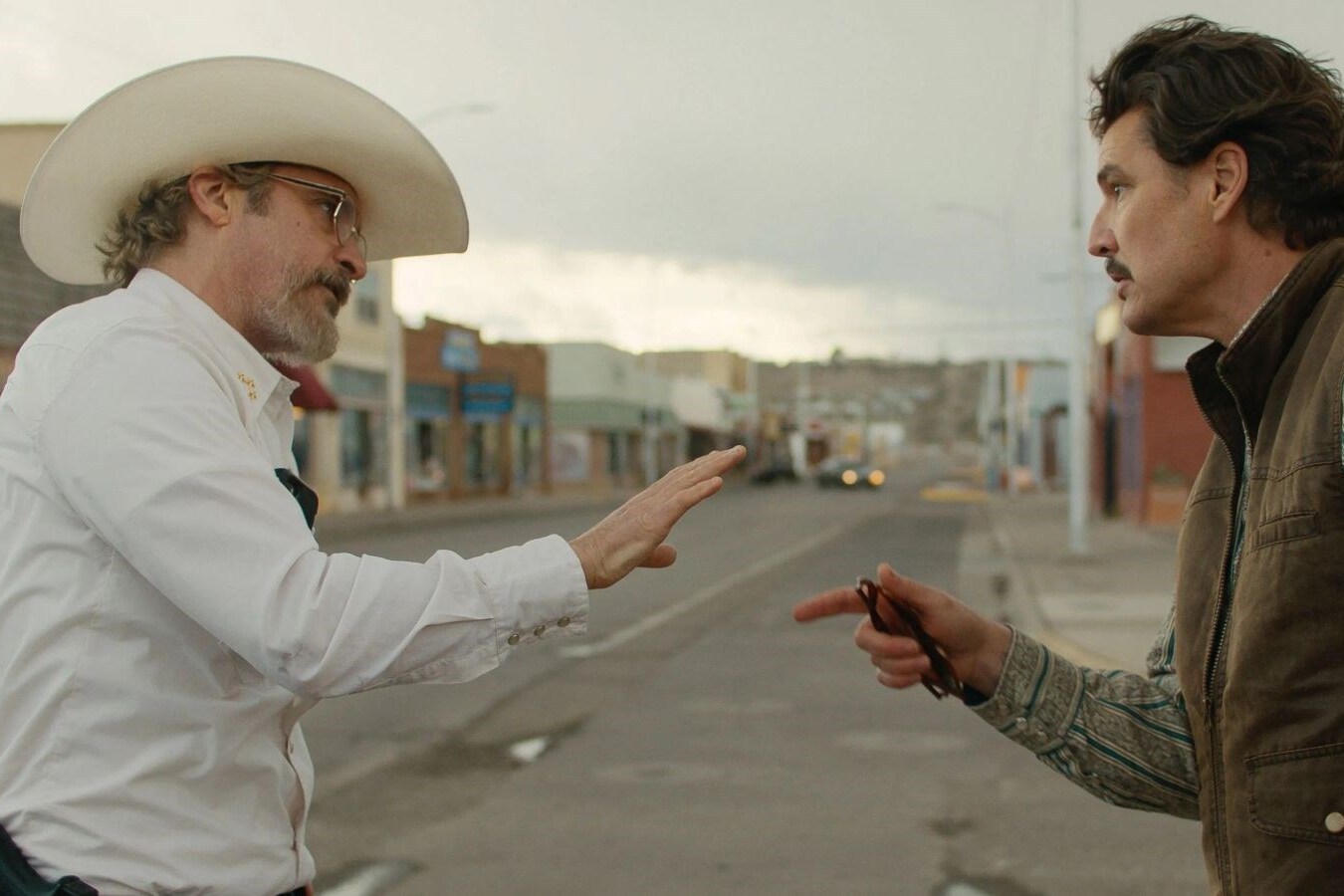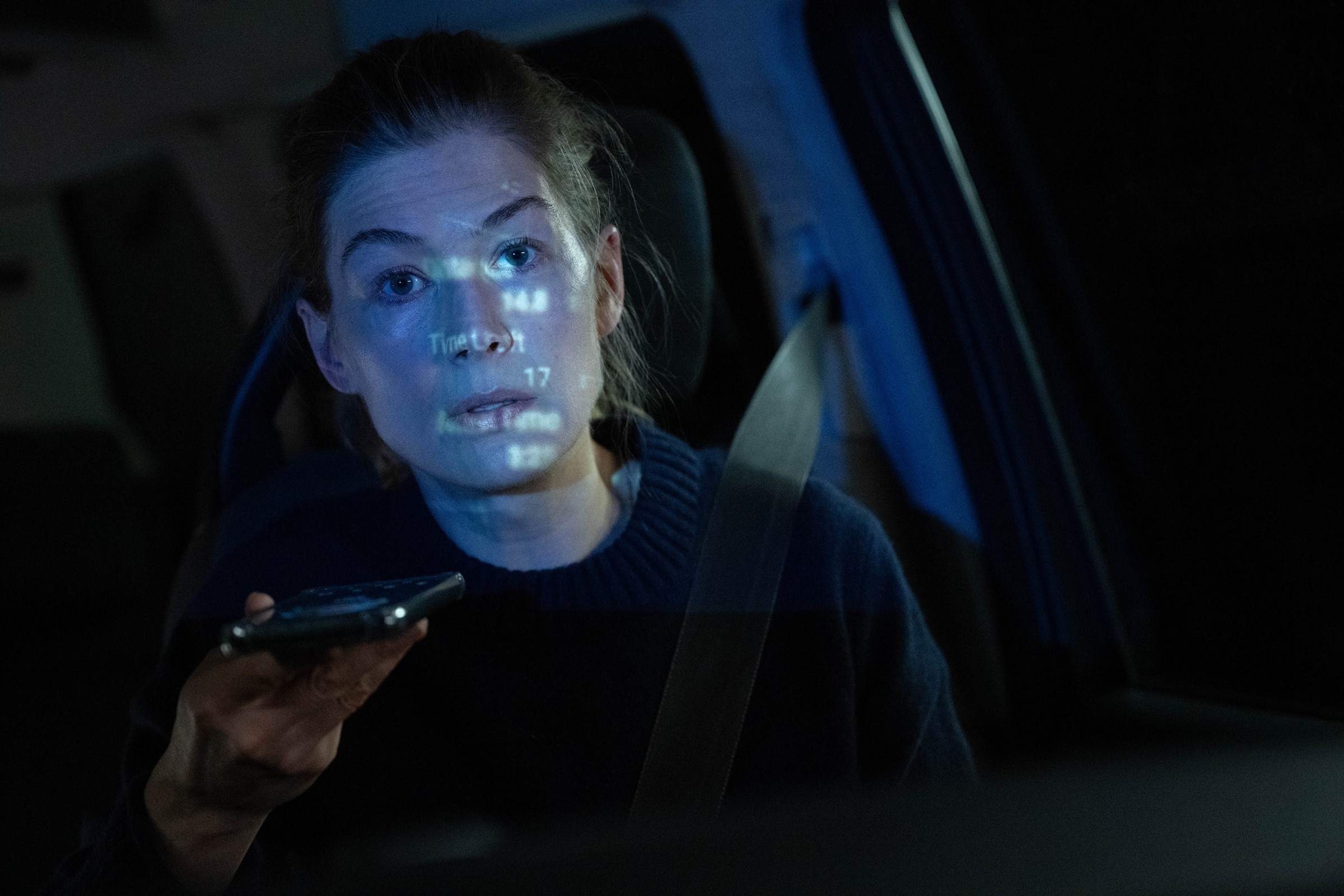From Pinnochio to Chucky; cosmetic surgery to cultural aspiration; Otamere Guobadia traces the history and cultural relevance of the doll today
The doll – across creeds, borders, and ages – has always held an undeniable and enduring power in our collective cultural imagination. “A child in 2000 BC Ancient Egypt cares just the same, loves and nurtures their doll in the same way, as any doll lover today,” says Etellan, a contemporary dollmaker and repainter. Most people are given dolls as children that become clung-to childhood companions (and in many cases lifelong), and as adults, many collect them with relish and nostalgia. More than one hundred Barbie dolls are sold every minute, to the tune of 58 million a year. But even beyond simple joy or collector’s delight, we have always attributed some metonymic power to the art of these small, human-like reproductions: a sympathetic magic superstitiously believed to arise when things are made in our very image and likeness, though understood through the sceptic lens of our modern age would have us understand the power dolls possess over us as placebo, rather than literal hubble bubble toil and trouble. In a controversially-received 2018 New York Times article, writer Nick Haramis declared our then moment, ‘the age of the twink.’ Whatever the merits or blind spots of his arguments four years ago, it is evident that everywhere one looks- from fashion to art to film and video games -our present era is one that may be defined by its relationship to the doll; another object, force, and archetype, with its own history, artefacts, and unique impact on our culture and identities.
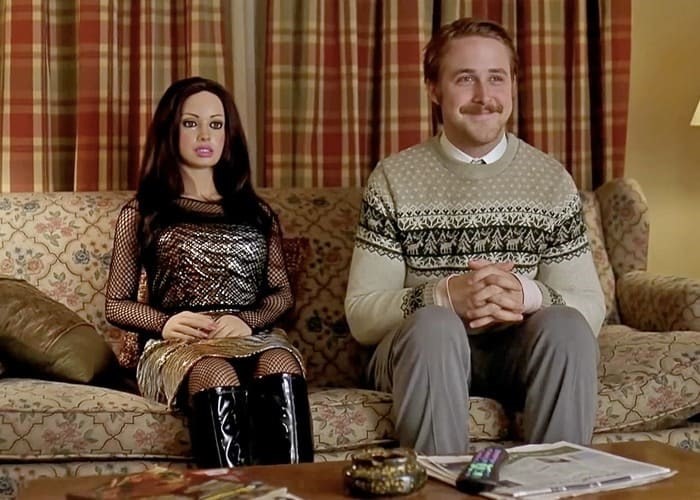
The findings of a February 2022 study, published in the Developmental Science journal and reported by The Guardian, suggests that playing with dolls can help children “invest a sense of other”; by playing imaginary games with them they “develop social skills, theory of mind and empathy.” The studied children tended to refer to the dolls they were given to play with “in the second person, talking to them directly,” contrasting their tendency to refer “in the third person” to the on-screen avatars of the computer game they were asked to play. Pinocchio, the eponymous protagonist of the beloved 1883 novel, is a boy-like puppet fashioned from loneliness, love, and a gift of miraculously sentient wood, by dollmaker Geppetto. He is a creature that desires and is, at the behest of a god-like fairy interloper, transformed into a ’real boy’: one with dreams and desires that may now be enacted in the world. 2007’s critically acclaimed, Ryan Gosling-starring Lars and the Real Girl inverts this formula, by giving our lonely, loveless protagonist a ’RealDoll’ that will always be anything but. ”Folk tales which include doll characters are found in the folklore repertoire of most cultures,” writes Alvard Jivanyan, a professor of Yerevan State University. Dolls, and the stories we tell about dolls, are an expression of our very human dreams of embodiment; a yearning to witness miracles that breathe a dear, true and meaningful life into our base clay – one of agency and purpose. Mattel recently released a doll of vaccinologist Sarah Gilbert from Oxford University, who led the Oxford/AstraZeneca coronavirus vaccine development, to polarised reception. A continuance of the unironic public tradition of rewarding great achievers with figurines and trophies in their likeness (and in the case of RuPaul’s chosen drag superstars, in his own glamazonian image). Posed in victory and splendour, their resemblance to us perhaps bestows a capacity to uniquely hold our hopes to be transfigured into greatness – like Old Testament Adam – through supernatural intervention.
But it is precisely this anthropomorphism that means that dolls cannot simply be relegated to the realm of other beloved yet banal objects. Historically, they have often been deeply reckoned tokens, votives, talismans of power, central figures of myths, morality tales, and superstition. “As long as people have had dolls,” Etellan continues, “they have either loved or feared them ... [they] sometimes can lay in the uncanny valley, they are humanoids created and crafted out of clay, plastic, etc that we assign humanity to … and [a fear] based on the idea of the doll’s consciousness and therefore desires [to perhaps do us harm].” In Armenian tradition, as Jinavayan explains, ritual dolls “were sewn by the female members of the family, who strictly followed a set of doll making rules, the most important being that the doll was to be left with some defect or imperfection: a missing limb or a facial defect … for the doll ’not come to life’, a possibility much feared.” This deliberate act of severance, of breaking the line of succession between doll and human, was undertaken because it was believed for instance, “that the doll could kidnap one of the family members, mostly a child, or reveal secrets it was entrusted to keep.” Russian ritual rag dolls were often left faceless, "to [denote] the doll was inanimate and could not be the twin, the double of any person [and] no one could harm them through the doll."
Beyond the juvenalia of make-believe, dolls offer an escape, a transcendence of simple realities; the construction of a world within and around themselves.
Much of this lingering, underlying suspicion of dolls goes a long way (along with fearmongering, white-supremacist tenets about Black mysticism), to explain the persistent misapprehension of the role and function of the now infamous ‘voodoo doll’. It is a creation with deep roots in Haitian tradition, widely misunderstood as an object of malevolence, and not as a talisman for serving and communing with spirits. As explained on the Evil Wiki, “the form of the voodoo doll as it is most commonly understood is based on a magical practice that historically derived from Europe rather than Africa or the Americas.” There is written evidence to assert that “certain cunning folk in Britain made dolls of a witch out of rags and other materials and then pierced them with pins with the intention of inflicting physical harm on the witch and breaking their bewitchment.”
And yet our excitement – our fascination – with the doll persists beyond even the objects themselves. It is an affinity that infiltrates not just the world of cinema but all corners of our popular culture: our identities, philosophies, and the lexicon by which we describe and embody all of these things. “Dolls” or “the dolls” in transfeminine culture (and increasingly diluted and appropriated in the mainstream) have come to be a moniker circumscribing its own particular and bright set. As Sunday Times best-selling author, Shon Faye, explains, “I think the term ’dolls’, what its use in transfeminine culture is getting at, is kind of owning the ’synthetic’ nature of trans women’s hyper-femininity.” She continues: “[where] trans women are supposed to aim for a non-spectacular femininity, often the doll kind of rejoices in the spectacularity of her femininity, and its synthetic nature that, ultimately, she’s usually created herself through surgery [and or] cosmetics.” To be a doll, regardless of financial bracket, is to be in a kind of rapturous and devout practice of a deep aestheticism: an ostentatious assertion of the value and opulence she is told by a transmisogynistic world is not her birthright; a flourishing. The doll’s world – her house – is one of soft-focus filters, of mirrors, powders and acute, porcelain perfections, furnished by her will-to-power, and importantly, one of socio-cultural innovation. It is one that embraces and toys with artifice as a means to truth; glamour as a door into the temple.
’Everyone,’ to bastardise a Miranda Priestly-ism, ‘wants to be [a doll]’.
The viral and much-discussed ‘Yassify bot’ is perhaps another sillier, post-ironic expression masking this same impulse: a desire for incorporation and ascension into this dollhouse; to live and breathe the kind of self-possessed, self-fashioning that others enviously dream of. The doll exemplifies both creator and her own creation. Fatima Jamal, Telfar bag in hand, soothing and ordained word in mouth; La Veneno; Leiomy Maldonado, Wonder Woman; Munroe Bergdorf on the Royal Albert Hall red carpet in Robert Wun haute couture; Devin Halbal using her selfie stick and TikTok to exhibit unadulterated ‘Met Gala Behaviour’; Laverne Cox dancing on livestream for her pleasure and no one else’s; Maxim Magnus at a Vogue party in Mayfair luxuriating, like the incarnate flesh of Sontag’s Camp, the heralded coming of "a woman … in a dress made of three million feathers.”
That this association, this cosmic entanglement of beauty and ritual and spectacle, has arisen and reified itself in the concept of the doll speaks to it as an aspirational vessel, a grand and glittering, yellow brick road of potentials: who we might be and become, freed from expectation. ’Everyone,’ to bastardise a Miranda Priestly-ism, ‘wants to be [a doll]’. It is no surprise that the first to embrace the language and honorific title of the ’doll’ were Black trans women. Long frozen out of the trappings of white cisnormative ideas of femininity, they forged their own dazzling and competing valour, one that rejoiced in this doll-like flourish.
“And you gonna always get it again, and again, and again!” begins MC Debra, ballroom legend and internet star, in one of her many iconic and long-viral clips, capturing the aftermath of a 2014 Philadelphia ball. “They know it’s ’MC Debra, Doll World’ because everybody is ’doll this’ and ’doll that’ – I am the world, so now it’s doll world!” Black cultural labour, both IRL and in cyberspace – their aesthetics, language, presentation and adornment, once ghettoised – has come full circle to heavily influence cis women’s contemporary beauty standards and expressions. In the words of writer and artist Morgan Page, ’estradiol is a potion.’ The dolls, it would seem, have never not been in vogue.
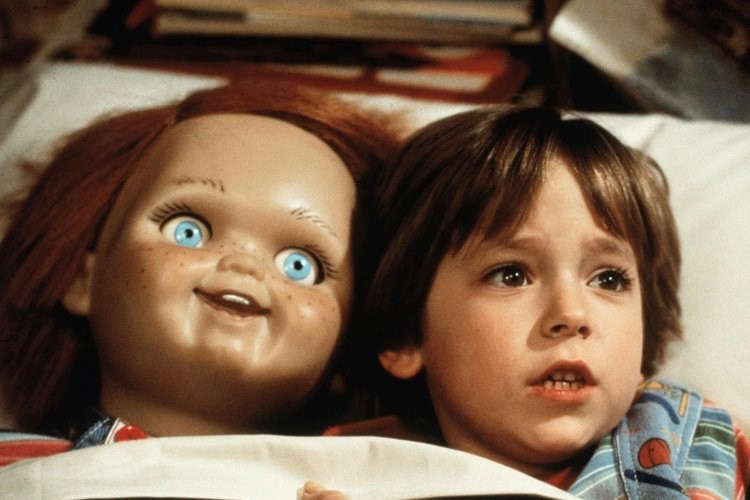
Despite the old-world sentimentality persisting at the heart of dollmania, the doll has perhaps never been more relevant than it is today. In the case of horror movies, dolls dominate the genre year in year out. In Annabelle and Chucky, the possessed doll is a vessel for our darkest fears and most pressing anxieties about evil, gore, and violence, and their infiltration of our most private space – the home – by that which uncannily favours our face. The perceived sinisterness and occult threat of the dolls is often transposed onto their creators. The Big Bad of the 7th season crime procedural drama CSI: Las Vegas’ 7th season was a miniature killer, who recreated her murder scenes in meticulous scale models depicting her crimes – each model contained a hidden picture of a bloodied doll. Etellan, whose doll repaints involve a similarly surgical process of recreation often declines to tell people in real life about their art, labouring under this pseudonym.
“[When I posted my first ’doll’ creations online [on a forum], people [messaged] wanting to destroy [it]. They wanted to burn it, said I shouldn’t be in the same room as it, that they were scared,” says Etellan, a shining star of a booming renaissance of artisanal, one of a kind (OOAK) dolls, meticulously documenting the many-headed process on YouTube and across the internet. “Is a sculptor childish or weird?” they counter. “I believe it’s the inherent societal idea within the last 100 years that pushes this idea that dolls are for children, and not an artisan craft just in the same as [any other].” The art of the repaint is one that requires multi-hyphenate talents and skills, all to a great and rarified degree from those who indulge in it. The base doll’s colours and shadows are built up gradually – typically in water colour pencils and powdered pastels – over sealed layer after sealed layer, transforming it into some new vision. Pupils have catchlights painted into them 1mm wide. Eyes and lips are glossed with varnish for illusory wetness. Individual lashes are often delicately placed, shaped and cut to fit a doll’s lash line. A vast number of base dolls are used and discarded ones, wiped clean by acetone in preparation for a new life. Some base dolls are made bodies from scratch and anew, others manipulated, fortified, and blended with the bodies and parts of others to create something wholly unique. Each doll is a great alchemic process of dyes, yarns, clays, powders, resins; of heat and water, of small painted thing piled on small painted thing. Love is in the details, and the repaint is indeed a great and detailed process of care. Artists like HeXtian, Etellan, Dollightful and countless others, act with divine and dexterous fingers, executing small and brilliant accomplishments. No longer the creation, but the sculptor of Genesis. “Each stroke of the brush, braid in the hair feels like you’re adding to a real tangible character," Etellan says. It is an art, the culmination of small miracles, many hours, many days, many eternities in the making. I have lost countless hours to the skill and passion of YouTube’s dollmakers. For now, theirs is a glowing yet humble world, yet to ascend into mainstream, blockbuster acclaim.
In our present moment – an age of trouble, turmoil, pandemic, and apocalypse looming large – fantasy matters. Perhaps more than ever. Beyond the juvenalia of make-believe, dolls offer an escape, a transcendence of simple realities; the construction of a world within and around themselves. ’The doll’ in her flourishing, offers a blueprint for embodied, self-ignited living. Dolls, in all their nebulously interconnected forms offer a window into divergent possibilities, ordinary objects, people of flesh and bone, that we might imbue with an extraordinary (if not literal) magic – a deep power over our psyche’s – through speculation, faith, and if one is inclined to believe, cunning. As long as our dreams have a place, dolls will have one too. The creation of the doll is a speculative prayer, our vision of the world rendered thus. As Hextian astutely noted while putting the finishing touches on one recent doll (a union of disparate drag and fashion references), “[the doll] is an amalgamation of universes – [all] are cannon.”
